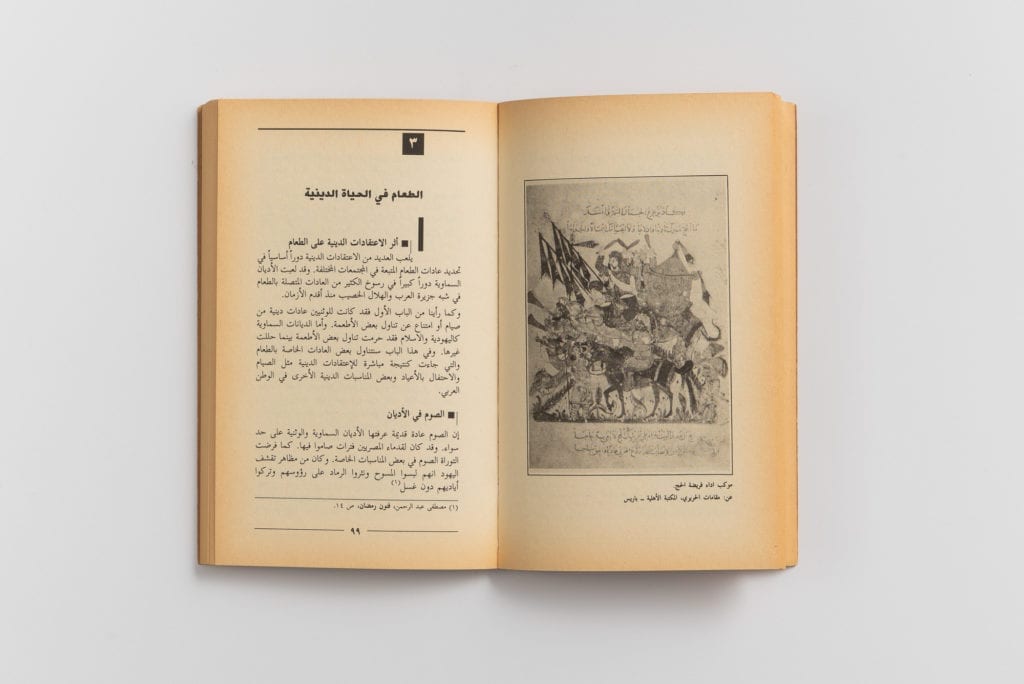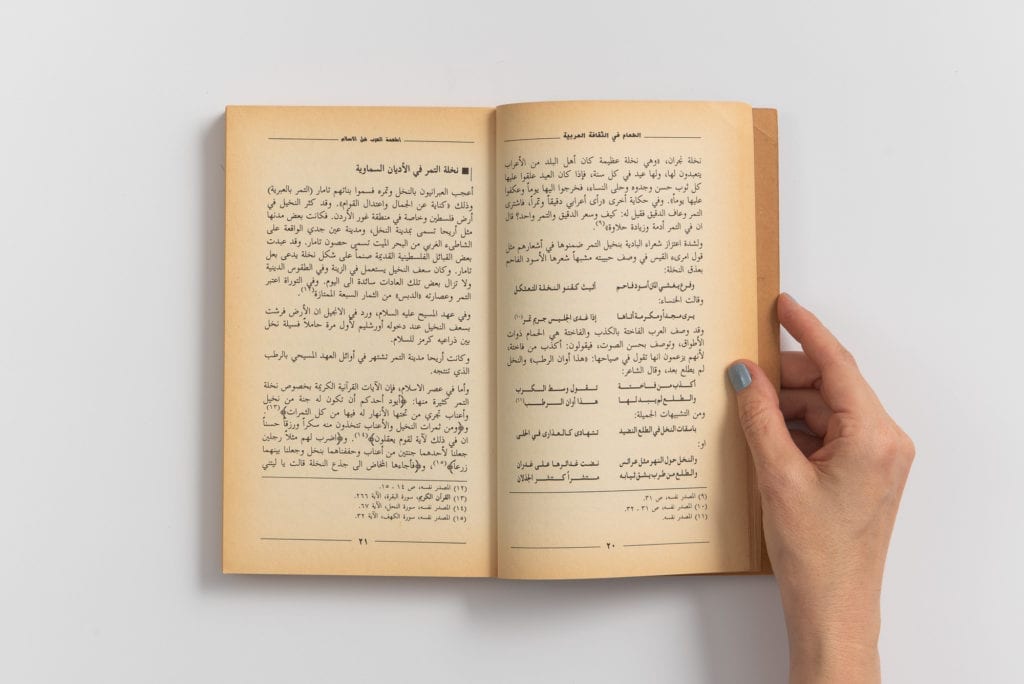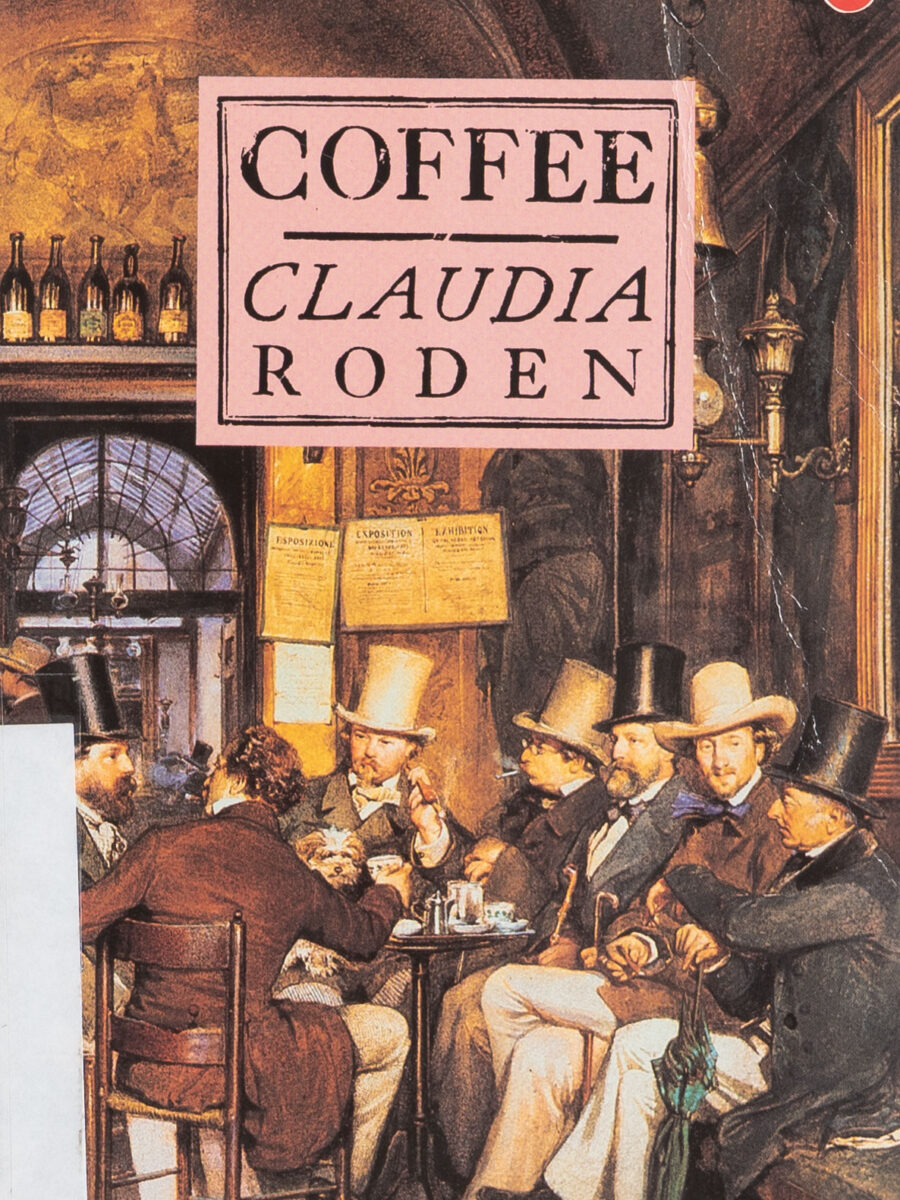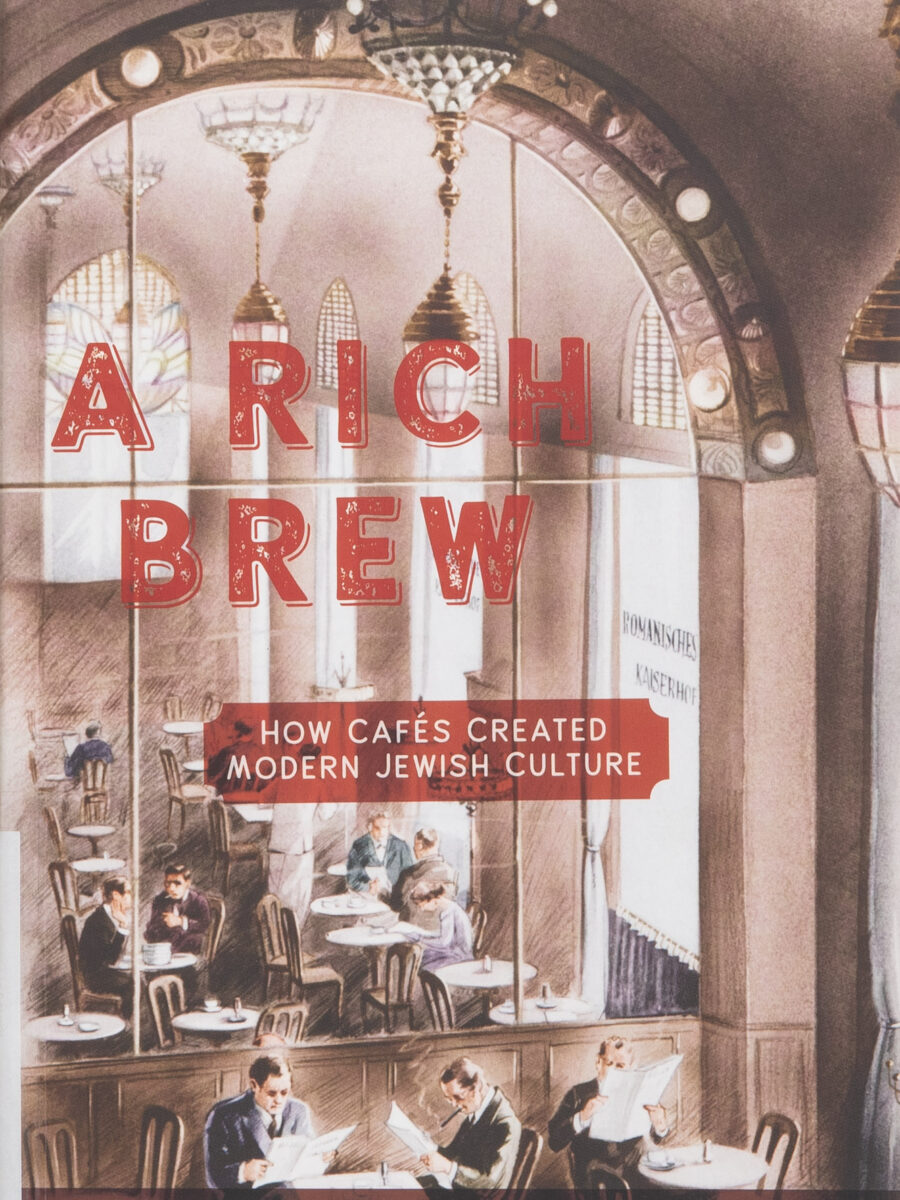
Food in Arab Culture
After exploring the Iraqi and Baghdadi kitchens in her previous books, cultural researcher Nina Jamil dedicates this book to the formation of Arab culture, from the Middle Ages to the present day. The author maps out the cultures that have influenced it or merged into it, with an emphasis on Persian culture from the east and Byzantine culture from the west. The result draws a line between past and present, and east and west.
Dr Johnny Mansour’s recommendation of “Food in Arab Culture”
The book’s author, cultural researcher Nina Jamil, has written several books about the Iraqi and Baghdadi cuisine. In Food in Arab Culture, she focuses on the development of Muslim Arab society of the Middle Ages, with an emphasis on the influence of adjacent foreign cultures, and in particular the Persian (now Iranian) culture in the east, and the Byzantine (now Greek) culture in the west. She shows how this complex cultural mosaic led to changes in behavior patterns and costumes, creating new dishes that have become part of the culture and kitchen of “the Muslim Arab State”, extending between Damascus (the center of Umayyad state) and Baghdad (the center of the Abbasid state).
The importance of this book, published almost 30 years ago, in 1994, lies in the ability of its writer to map out the various cultures that have channeled into the Arabian culture and shaped it. The Arab culture itself would later continue to influence other, and in particular European, cultures.
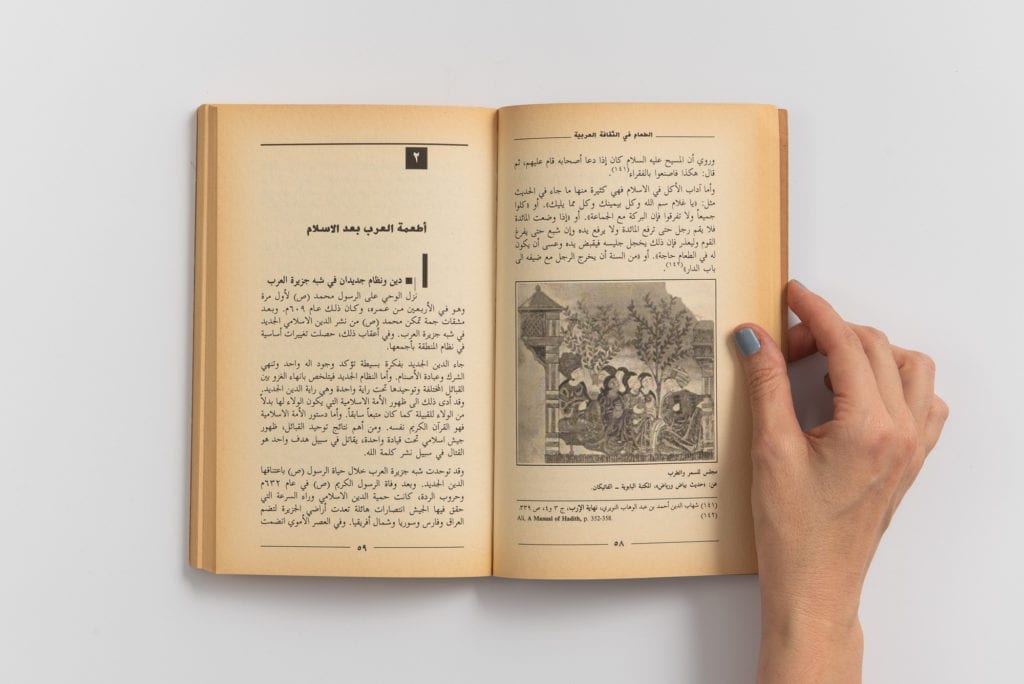
The geographic location of this area, between East and West, made it subject to multiple cultural influences, most prominently Persian and Byzantine, as stated above. Yet Jamil also mentions Indian and even Chinese influences from the East, and Roman ones from the West. These have affected everyday life, as well as holidays and their traditions, most notably in the creation of new dishes or the development and upgrading of existing ones. Jamil draws an illuminating line between Muslim medieval culture and the characteristics of contemporary culture. This influence can be traced not only among Muslims, but also among Christians, Jews and other religions and ethnicities which have existed and continue to exist in the discussed Arab states.
This book is not only about food; it examines how cultures merge and ideas are received and applied in the kitchen and in everyday life, using the kitchen as a lens. Culture plays a crucial part in establishing relationships between different peoples, through its various elements, such as fashion, holiday traditions, and clearly, food. Food is both a connecting element between cultures, and the result of intercultural encounters. Thus, we can learn about the willingness of a certain culture – the Arab culture in our case – to adopt and incorporate different cultures or cultural elements.
Book details
- author
- Nina Jamil
- publisher
- RIAD EL-RAYYES BOOKS
- Year published
- 1994
- Pages
- 202
